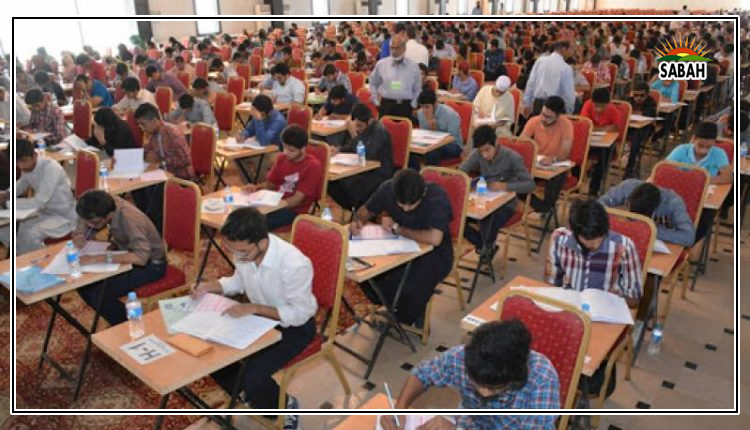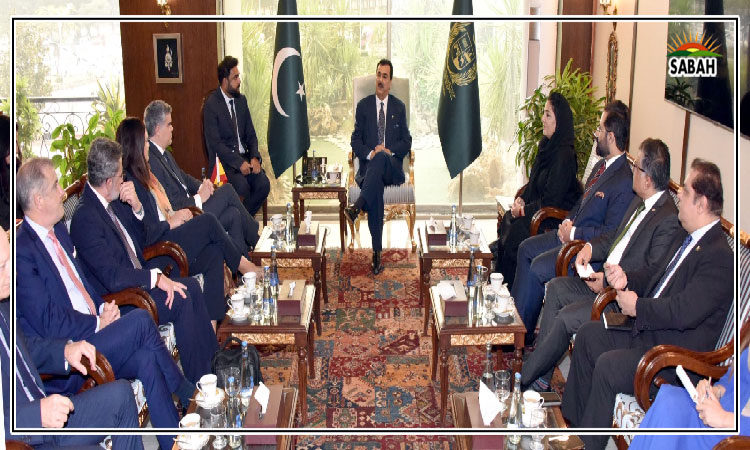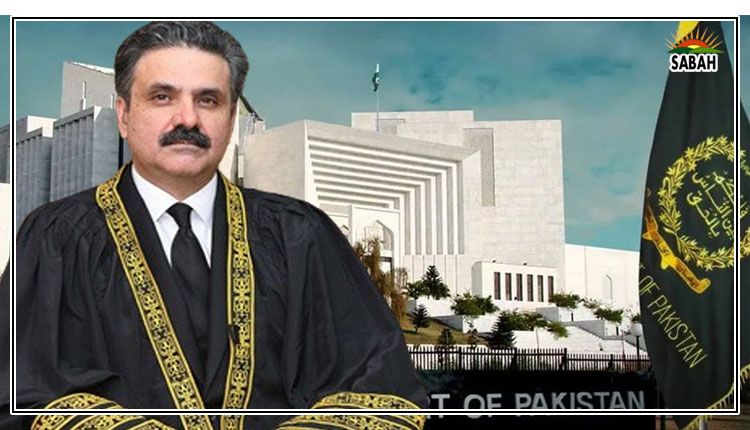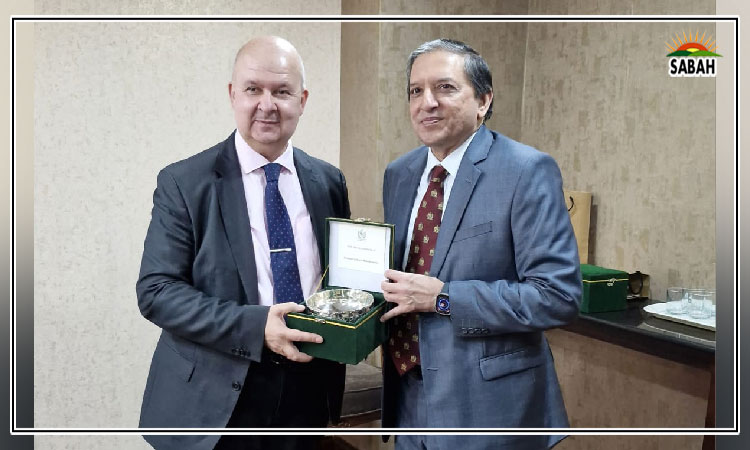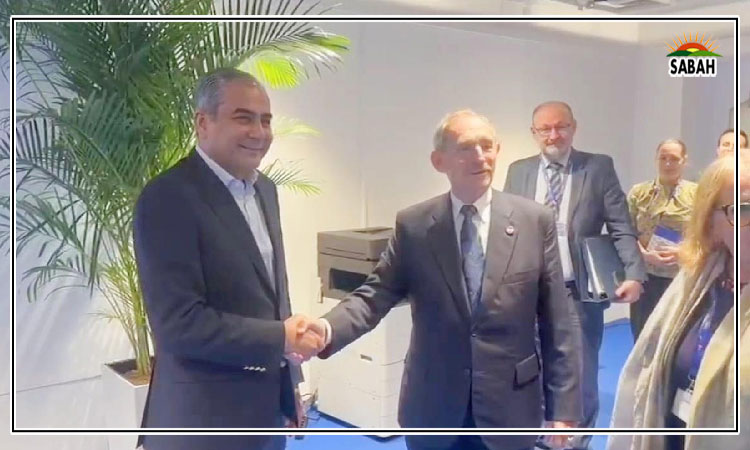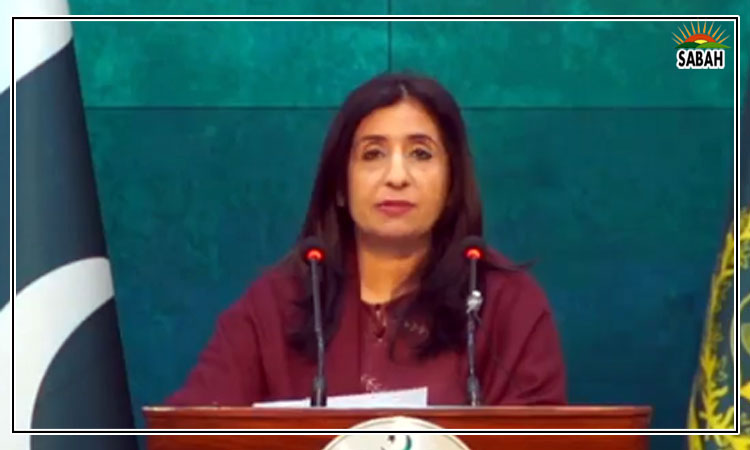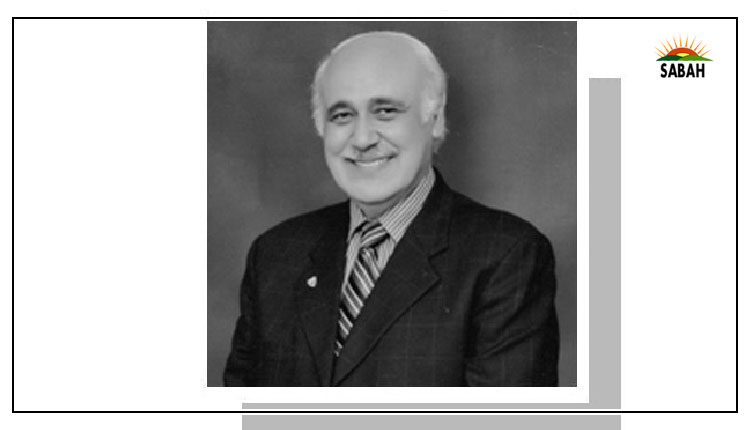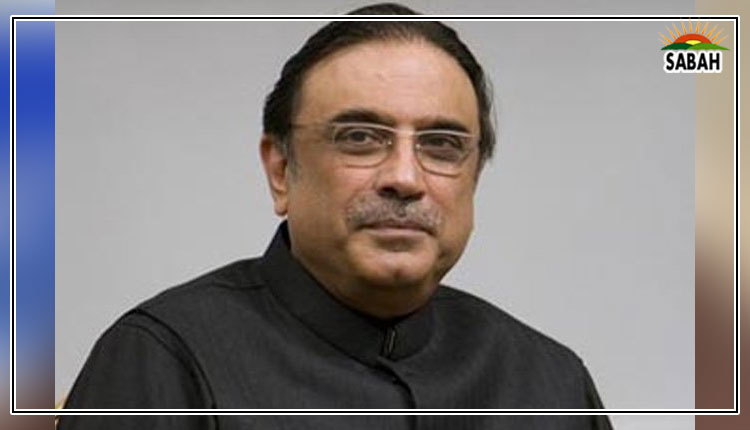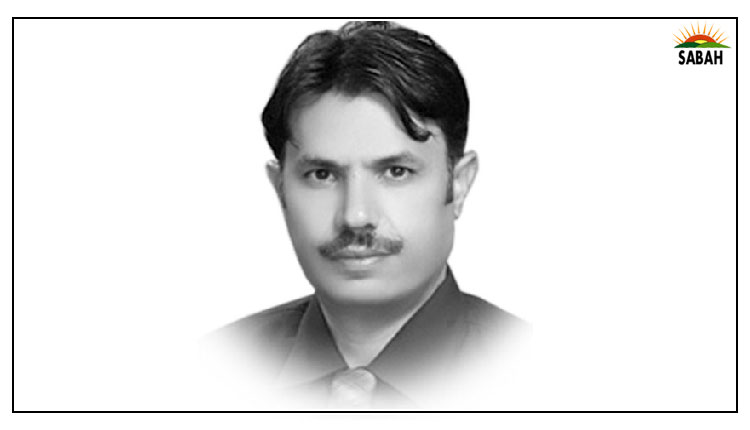What endangers a language?…Zubair Torwali
Students of the Institute of Management Sciences, Khyber Pakhtunkhwa (KP) organized a two-day literary and academic event called Peshawar Literary Festival on February 4 and 5, soon after the January 30 Peshawar mosque blast.
One of the sessions on the first day was titled Do majority languages cause death of minority languages? This seems to be a simple question, but it contains many underlying factors and reasons.
There were four participants in the discussion two in favour and two against it. The first group in opposition to the topic held the speakers of a minority language responsible for its minoritized status and asserted that majority languages enrich minority languages instead of killing them.
Before discussing the factors and reasons that lead to the endangerment of a language, it is important to see how dominant languages affect non-dominant languages.
When the Benazir Income Support Programme (BISP) was launched in July 2008, many women in rural areas in Pakistan were motivated to get their national identity cards made. A Torwali woman came to town from a remote village and sat in front of a data operator at a National Database Registration Authority (NADRA) office to get her CNIC made. She did not understand the operators language. When the operator asked her name, she said Yoon which in her language means moon. The operator could not understand it as the name sounded strange to him. He asked the peon to help him, who translated the name as Spogmai for the operator in his language. The operator filled in her name as Spogmai in the data form. Without enquiring further, he filled the remaining boxes of nationality and language as Afghan and Pashto for the woman. Four weeks later, Yoon got her CNIC with the name Spogmai on it; she had become Ms Spogmai.
The same has happened to many toponyms. Official documents have names of places and villages in the dominant language of the area, ignoring original names usually in the native language. Resultantly, people do not write the original names of their villages in official documents. For example, the original names of villages like Zore Kaley, Gurnai, Darolai, Kedam, Ramet and Mankiyal are Puran Gaam, Gunal, Derel, Kamal, Zemet, Manikhal respectively. The same is the case with many local ethnonyms. The tribe Narey has become Nared; Kiu, Bhoun and Lelo have become Kiurd, Butt and Lelot respectively.
Many Torwali young men use Urdu words for the names of days. They use Jumma instead of Shugaar for Friday, Hafta instead of Lao Anga for Saturday and Mangal instead of Ghan Anga for Tuesday. Similarly, the Torwali names of months have also been replaced by Urdu or English.
Apparently, many people as the learned panellists did blame the speaker of the Towali language for this. But these people carry half of the blame. This is the result of a brutal past of subjugation by state policies, the media and public education. Such attitudes also arise among speakers of a minority language because of the socioeconomic pressure caused by a dominant-language community.
Many experts have identified a total of nine factors that can help evaluate the vitality and endangerment of a language; however, none of these factors alone is responsible for either vitality or endangerment. American linguist and scholar Joshua Fishmans Graded Intergenerational Disruption Scale (GIDS) serves as a great tool to map the vitality of a language based on the intergenerational transmission of a language. This means that the vitality of a language could be evaluated by the fact whether the language is transmitted to the next generation.
According to the GIDS scale, a language is safe if it is spoken by all generations, and there is no disruption in its transmission from one generation to the next. A language could be safe but still threatened despite the fact that it is successively transmitted to the next generation. This happens when one or more dominant languages affect certain communication contexts of the native language. Similarly, a language could be unsafe when its use is limited to certain domains and is not spoken by all the children and families of the community. A definitely endangered language is one which is no longer learned by the children and is limited to adults. A severely endangered language is spoken by only grandparents while a critically endangered language is one which can be recalled by grandparents but is not used by them anymore. In the end, there is the category of extinct, which shows that no speaker of the language is alive.
Later, two linguists Paul Lewis and Gary Simmons expanded Fishmans GIDS scale as the Extended Intergenerational Disruption Scale, further dividing it into various levels of language vitality and endangerment.
The second factor to determine language vitality is the absolute number of speakers of a language. This number also matters because a small number of speakers can be too vulnerable to disasters, migration and merging with a majority group.
An equally critical factor is language parity in a multilingual society. Known as multilingual parity, it deals with a situation where dominant languages are used in different domains such as official use and institutional setting whereas the endangered language is limited to informal and home contexts only. This situation gradually replaces the non-dominant language with the dominant ones and pose potential threats to its vitality.
Lack of access to educational and reading materials in the language along with its absence from the media are also among the emerging threats to the life of an endangered language. States usually promote and impose one or a few languages on the population and create a dominant culture. This influences various policies which put the endangered language at a disadvantage. Members of the dominant culture shape the ideological environment, creating a value system where a certain language or languages are regarded as prestigious and symbols of cohesion.
In such a situation multiple languages are considered as threats to national unity. Pakistan is the best example of such policies that trigger the passive assimilation of minority languages. An equal status is not given to all languages, and hence there remains wide disparity in the distribution of opportunities for different languages. The dominant groups usually remain indifferent to other languages. These policies are designed in such a way where one language is declared official or national, and this leads to forced assimilation of other languages. Again, Pakistan is an example of this phenomenon.
And finally, the speakers of a language cannot be neutral towards their language. Their attitude can be both positive and negative regarding their language and culture. When these members consider their language and culture as a hindrance to their economic and social development, they develop a negative attitude towards it and end up feeling proud of speaking and learning other languages at the expense of their own. Contrarily, when the community attaches great value to their language and considers it an integral part of their being they can celebrate it by holding various events, holding festivals and literary activities; and identify themselves with their language. This helps the language survive.
There is no single factor responsible for the endangerment of a language. All the factors mentioned above jointly endanger the vitality of a language. An integrated approach aimed at the documentation and revitalisation of an endangered language needs to be adopted if we want to have our diversity and identity intact and flourish.
Courtesy The News


